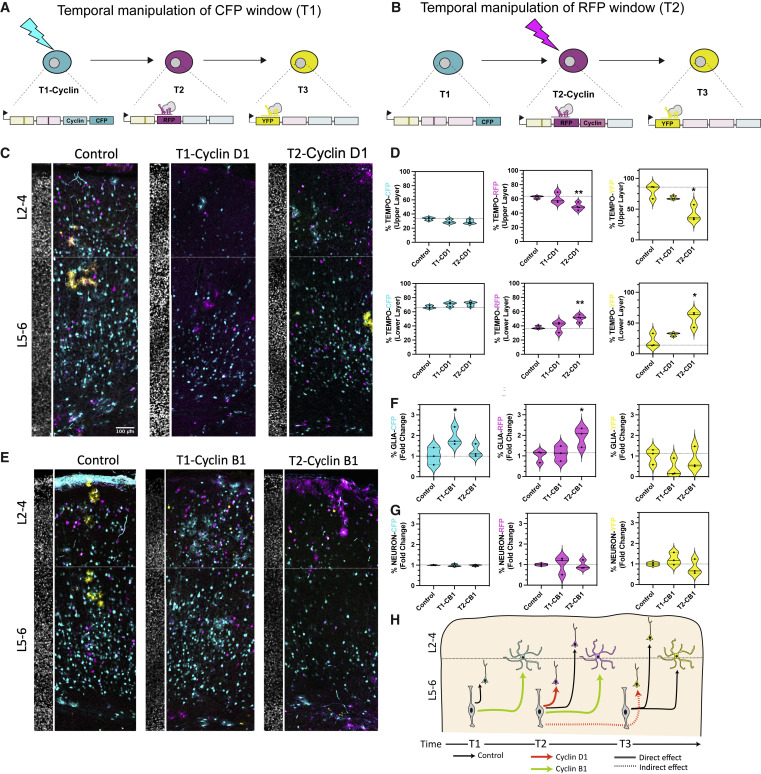Fig. 5 Temporal genetic manipulation of cell cycle regulators in mouse brain progenitors
(A and B) Design of TEMPOE constructs overexpressing a transgene in the first temporal window with the CFP reporter (A) or in the second temporal window with the RFP reporter (B).
(C) P10 cortical sections of control (left panel) or overexpressing Cyclin D1 in the first (T1) or second (T2) temporal window. Dashed line: limit between upper (L2-4) and lower layers (L5-6).
(D) Violin plots represent layer distribution of neurons labeled by each color reporter in control and manipulated neurons. CD1, Cyclin D1. n = 3. Scale bars, 100 μm. We found a significant shift in layer distribution for RFP+ (∗∗p < 0.01) and YFP+ (∗p < 0.05) neurons from upper to lower layers after Cyclin D1 overexpression in T2 (a two-tailed unpaired Student’s t test was used).
(E) P10 cortical sections of control (left panel) or overexpressing Cyclin B1 in T1 or T2.
(F and G) Violin plots represent the change in astrocyte (F) or neuron (G) numbers (normalized to the maximum for each color reporter) in control or manipulated samples. CB1, Cyclin B1. n = 3. Scale bars, 100 μm. We found a significant increase in astrocytes labeled CFP+ or RFP+ when overexpressing Cyclin B1 in T1 or T2, respectively (∗p < 0.05) (a two-tailed unpaired Student’s t test was used).
(H) Summary of results obtained: apical progenitors (gray cells) generate neurons that colonize the cortex in an “inside-out” fashion. Control samples (black arrows): Early-born CFP+ neurons occupy lower layers, later-born RFP+ neurons mostly occupy upper layers and the latest-born YFP+ occupy upper layers and produce astrocytes. Overexpression of Cyclin D1 (orange arrows) shifts neuron distribution to lower layers in the corresponding temporal window and subsequent window (indirect effect—dashed line). Overexpression of Cyclin B1 (green arrows) increases the number of astrocytes in the corresponding temporal window.

